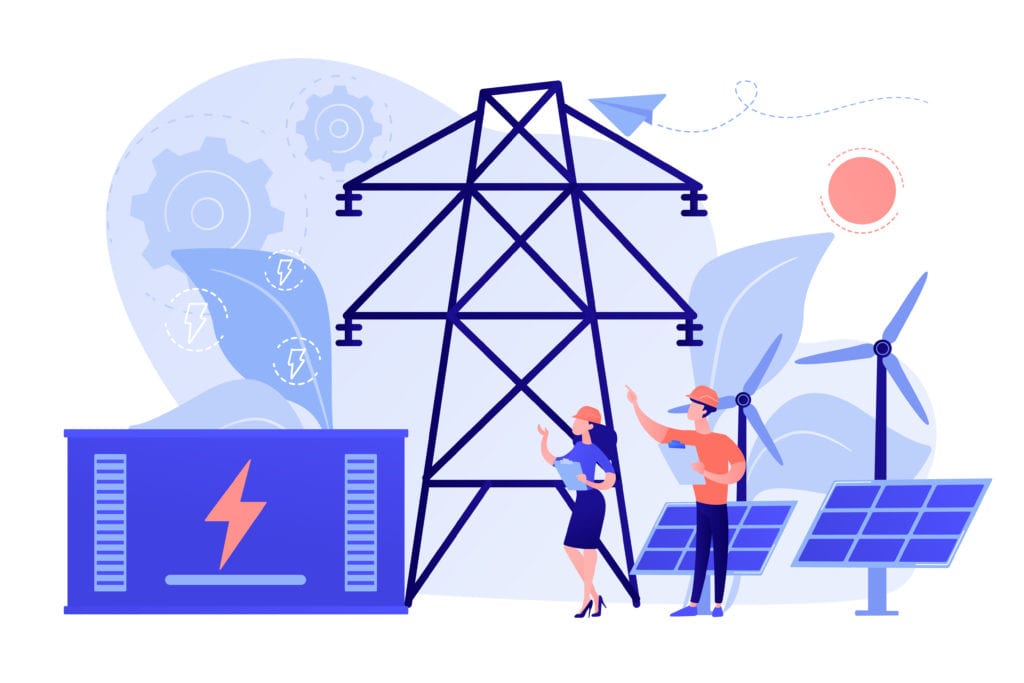The weather over the springtime public holidays has become a recipe for record lows in Great Britain’s power grid carbon intensity.
Easter Monday this year saw the carbon intensity of the power grid drop to a new record low of 39 gCO2/kWh at 1pm, with zero carbon sources providing nearly four fifths of electricity. Wind and solar accounted for 60% of the generation mix.
Last year was the greenest year on record for the electricity system, with the average carbon intensity reaching a new low. May 2020 saw both the greenest month on record and the greenest moment at 46 gCO2/kWh. Britain’s power grid has decarbonised by 66% in the last seven years and National Grid ESO’s ambition is to be able to operate a zero-carbon electricity system by 2025.
Increasing renewables
We’ve seen widespread reductions in electricity demand over the past year which was a key factor in reducing 2020’s carbon intensity, but new records set for renewable power sources and the longest stretch of coal-free power (almost 68 days) have made this possible.
The average carbon intensity of May 2020 was 143 gCO2/kWh, but to meet the UK government’s 68% reduction in carbon emissions by 2030, the annual average carbon intensity must be below 100 gCO2/kWh.
Action is still needed to increase the quantity of renewable generation connected to the grid, but this also highlights the need for more low carbon technologies to provide power when output from renewable generation is low.
New research estimates that global electricity consumption will double by 2050 due to the electrification of transport and heat, which would require four-times as much low carbon power output compared to today. This wide-scale deployment of renewable generation needs to start from now, with at least 40 GW of new capacity being connected to Britain’s electricity system by 2030.
Supply and demand
For the future electricity system to be as flexible as the current one, renewable generators need to store and release energy on demand. To maximise this, new tools are being deployed to forecast future energy demands and prepare for environmental factors.
Grid edge technologies such as distributed storage, distributed generation, smart meters, smart appliances, and electric vehicles are becoming more commonplace and continuing to innovate how we interact with our energy supply. Utility scale battery storage has a vital role to play in Britain’s energy mix and, alongside the wide-scale deployment of renewable generation, as much as 30 GW installed capacity could be required by 2050.
The key trends of decarbonisation, decentralisation and digitalisation are driving rapid change in the industry. Grid edge technologies are disrupting electricity infrastructure, enabling renewables to provide reliable baseload generation for a low carbon power grid, and empowering consumers to take control of their energy use.
At what pace do we need to deploy low carbon technologies to meet the electricity demand of the future and how can we ensure that demand reduction remains at the forefront?

